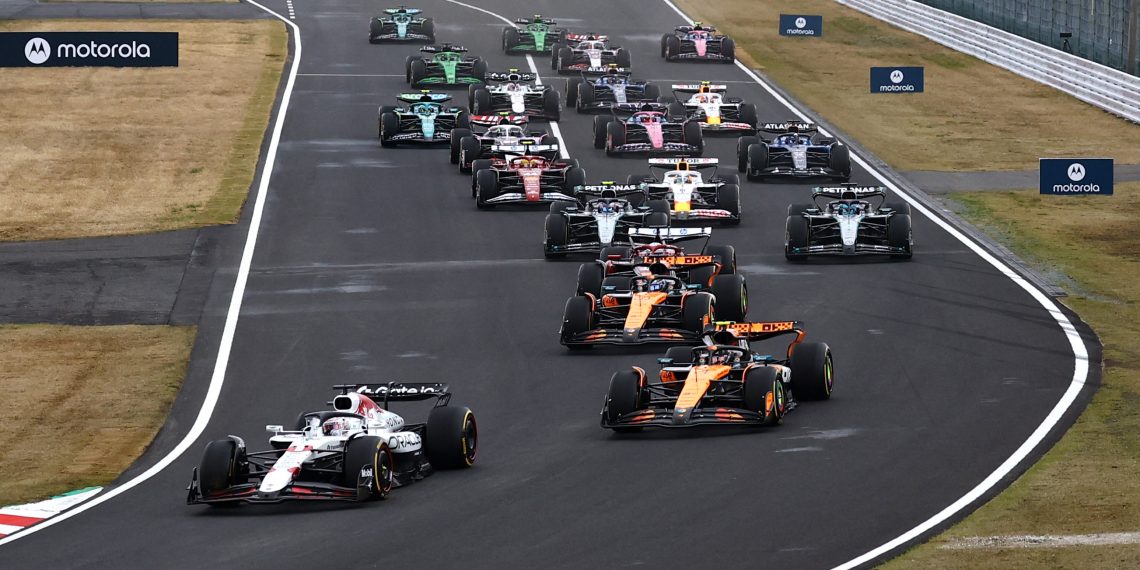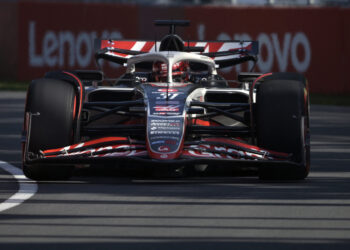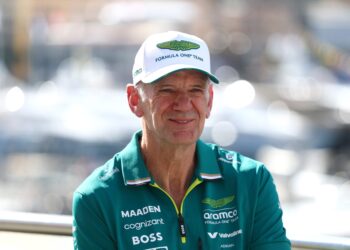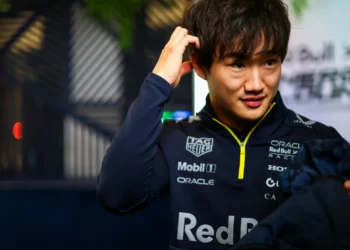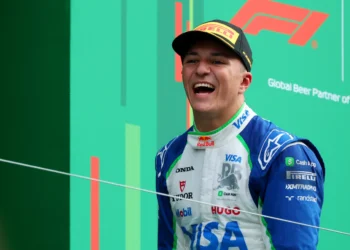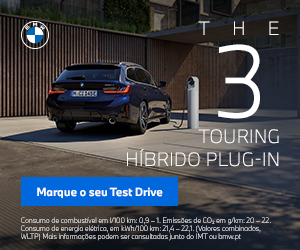The 2025 Formula 1 season has been ablaze with discussions about “dirty air” and its impact on the races. As teams’ performances have leveled out under the current regulations, securing pole position has become crucial. In the last four races, including the sprint race in China, the driver starting on pole has emerged victorious each time, showcasing the significance of clean air on the track. Notably, drivers like Lewis Hamilton and Max Verstappen have benefitted from clear air in front of them, allowing better tire management and ultimately faster lap times.
But what exactly is “dirty air,” and how does it affect F1 cars in 2025? Dirty air refers to the turbulent air that a car creates, disrupting the airflow into the aerodynamic components of the car behind it. This disturbance leads to a decrease in downforce, resulting in slower lap times and increased tire wear, especially in hot conditions. While closely following another car might be necessary for overtaking, drivers aim to limit their time in dirty air to preserve their tires and maintain performance.
The 2022 regulation changes aimed to promote closer racing by allowing cars to follow each other more closely. However, the intense competition among the top teams in 2025 has made overtaking more challenging. Drivers now require significantly fresher tires than the car ahead to attempt a successful overtake, leading to fewer passing maneuvers and more races being won by the polesitter. The reduced slipstream effect in 2025 has further complicated overtaking opportunities, with drivers struggling to gain speed advantage when following closely.
The FIA is considering new penalty threats, and Red Bull’s recent absence from the headlines has sparked speculation in the F1 community. With the hope that 2026 regulation changes will address the dirty air issue and encourage more overtakes without relying on DRS, the future of Formula 1 racing remains intriguing and full of potential for change.

